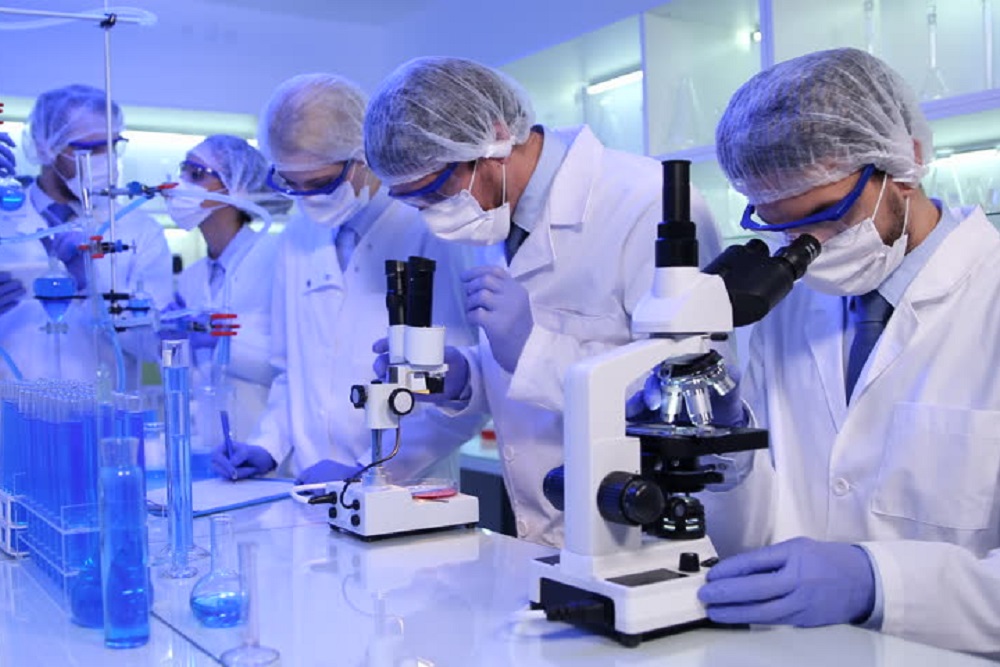MIT scientists have discovered a new type of antibiotic using artificial intelligence (AI) that combat some of the most dangerous drug-resistant bacteria in the world.
Various experts have upheld this discovery as a significant breakthrough in the fight against the growing problem of drug-resistant bacteria.
The drug reportedly works differently to existing anti-bacterial and is the first of its kind to be found by setting AI loose on vast digital libraries of pharmaceutical compounds.
A robust algorithm was used by MIT scientists to analyze more than one hundred million chemical compounds, and it was able to kill 35 types of potentially deadly bacteria.
The tests conducted by MIT scientists revealed that the drug wiped out a range of antibiotic-resistant strains of bacteria, including Acinetobacter baumannii and Enterobacteriaceae, some of the high-priority pathogens the WHO ranks as “critical” for new antibiotics to target.
Notably, antibiotic-resistant infections have risen in recent years up 9 percent in England between 2017 and, as of 2018, about 61,000.
The World Health Organization (WHO) has previously declared the rising issue as one of the biggest threats to global health security and development today.
MIT scientists algorithm
Regina Barzilay, a senior researcher on the project at the Massachusetts Institute of Technology (MIT), said the antibiotic discovery was made using an algorithm inspired by the architecture of the human brain.
She explained that the MIT scientists trained it to analyze the structure of 2,500 drugs and other compounds to find those with the most anti-bacterial qualities that could kill E. coli.
Afterward, they selected around 100 participants for physical testing before discovering halicin.
Dr Peter Bannister, chairman of the Institution of Engineering and Technology healthcare panel, noted the medium used was already well established within medical research.
Jonathan Stokes, the first author of the study, also said it took only a matter of hours for the algorithm to assess the compounds and come up with some promising antibiotics.
As published in the journal Cell, the researchers describe how they treated numerous drug-resistant infections with halicin, a compound that was initially developed to treat diabetes, but which fell by the wayside before it reached the clinic.
About the Halicin
Halicin was one of nine new molecules discovered by Barzilay and his team of MIT scientists.
Tests revealed that halicin killed Mycobacterium tuberculosis, the bug that causes TB, and strains of Enterobacteriaceae that are resistant to carbapenems.
Halicin also killed C difficile and multidrug-resistant Acinetobacter baumannii infections in mice.
Notably, the use of AI technology within healthcare remains in its infancy, but breakthroughs continue to be made.
A study recently claimed that AI is more accurate than doctors in diagnosing breast cancer from mammograms.
An international team, including researchers from Google Health and Imperial College London, designed and trained a computer model on X-ray images from nearly 29,000 women.







